I Pick Things Up (Then Walk) Then Put Them Down - Why I Love Loaded Carries
Renown strength coach Dan John calls loaded carries a “game changer,” and puts them at the top of his list of 5 movements every athlete should use for strength (BEFORE Squatting, Hinging, Pulling, and Pushing).
Whether your goal is to improve athletic performance, to move around the world pain free, or to look good naked (or all of these), here are the top reasons I believe that loaded carries should show up often in your program:
They teach us how to properly brace
When most people think about training their “core,” the first thing that comes to mind are sit-ups, crunches, or maybe some kind of rotational movement, where we are creating movement through the midline. However, the muscles of the core are much more interested in RESISTING movement, as they are there to protect our spinal cord, and thus our central nervous system, from being damaged by forces in all three planes of movement.
The first step to properly using our core is to learning how to brace, and loaded carries do just that. By carrying heavy objects, we are forced to first “lock down” the pelvis and ribcage, creating a solid chassis. Only once we’ve stabilized and activated the core can we proceed to move our legs to walk across the room.
Not only does this ability to brace help us to keep better posture when standing and sitting, it also means that we will be better able to keep good positions when lifting a barbell, especially in the squat and deadlift
They are simple to learn and implement
While there is an enormous array of loaded carries to choose from, all with different functional benefits, the truth is that you really can’t mess this up.
Whereas the Squat, the Hinge, and Pushing and Pulling mechanics require varying levels of mobility, stability, and coordination to learn and subsequently master, loaded carries are incredibly simple to learn and use with trainees of all levels. As long as you are able to keep your chest up as you lift the object from the floor, you are essentially good to go.
They are a great conditioning tool
Anyone who has ever used a heavy sandbag or a sled in a workout will tell you that, while these are commonly known as “strongman” movements, the metabolic response we get from them can be through the roof.
Building off the point of simplicity, I believe there are few better measures of one’s work capacity then how far they can carry an object in a given amount of time, or without stopping.
Don’t believe me? Get a 150lb sandbag, and carry it, hugging it at your chest, 400 meters as quickly as possible. Not only will your glutes be on fire, but breathing under that load will feel like you’re wearing a gas mask.
How should you implement these into your training regiment? Start with the basics. Hug a heavy sandbag or medicine ball and walking for 30-60 seconds at a time. Farmer’s Carries, where we hold a kettle bell in each hand (just as you would two suitcases), are probably the most well-known form of carry.
Want to get a littler fancier? Two Dumbbells held overhead not only taxes the midline, but adds in a need for stability through the shoulder joint. Unilateral carries (meaning holding something only on one side of the body) are great as well, as they teach us to resist rotational forces across the core/midline.

For more variations and instructions on loaded carries, check out the following articles:
"The Secret of Loaded Carries" by Dan John
"The Many Benefits of Carrying" - StrongMadeSimple
********


